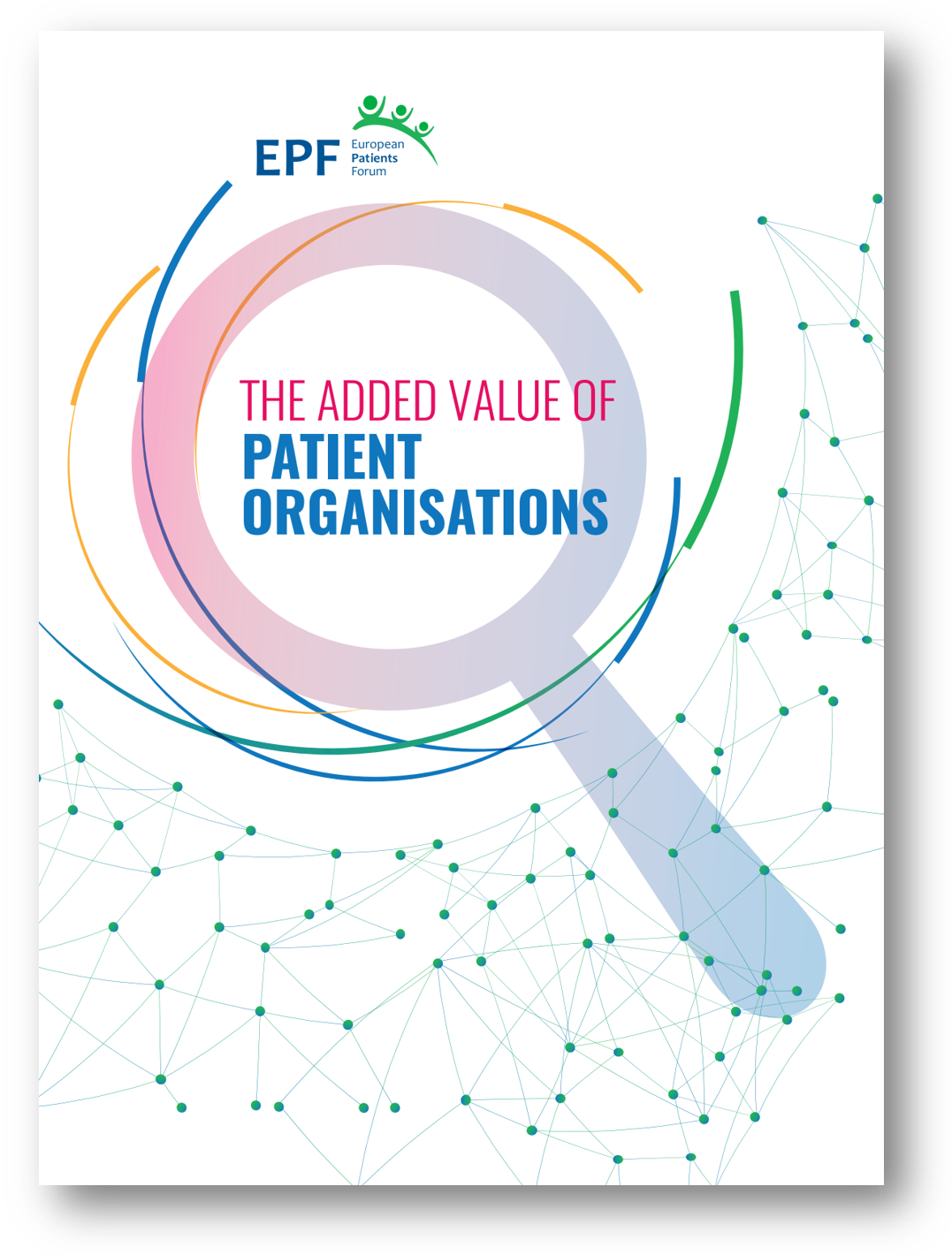What is a patient organisation?

A universally accepted definition for a patient organisation does not exist. The European Medicines Agency (EMA) has developed a definition which is widely-used: “Patients’ organisations are defined as not-for profit organisations which are patient focused, and whereby patients and/or carers (the latter when patients are unable to represent themselves) represent a majority of members in governing bodies”.
A large number of patient organisations adhere to guidelines or principles which make them valued and recognised as trusted partners. A good example of a set of criteria for patient organisations are those defined by EPF to evaluate membership requests from prospective member organisations:
- Transparency: members generally disclose their sources of funding and make their audited financial accounts available;
- Legitimacy: members should be registered in at least one of the EU Member States;
- Democracy: patient organisations should have governing bodies, which are elected by their members, who shall be patients, their carers, or their elected representative;
- Representativeness: pan-European disease-specific organisations should have members of their own in more than half of the EU Member States. National platforms should represent at least 10 different disease groups in order to be accepted as full members.
- Accountability and consultation: statements and opinions should reflect the views and opinions of their memberships, and consultation procedures with those memberships should be in place.
These five criteria ensure that EPF is composed of “bona fide” patient organisations. For more information about EPF membership criteria have a look at EPF membership criteria page.
If you want to know more about patient organisations, visit the following pages:
Types of patient organisations
Historial context of patient organisations

In 2017, EPF published a report on the Added Value of Patient Organisations.
Have a look at the report here and find out all about the values, activities and challenges of patient organisations.
